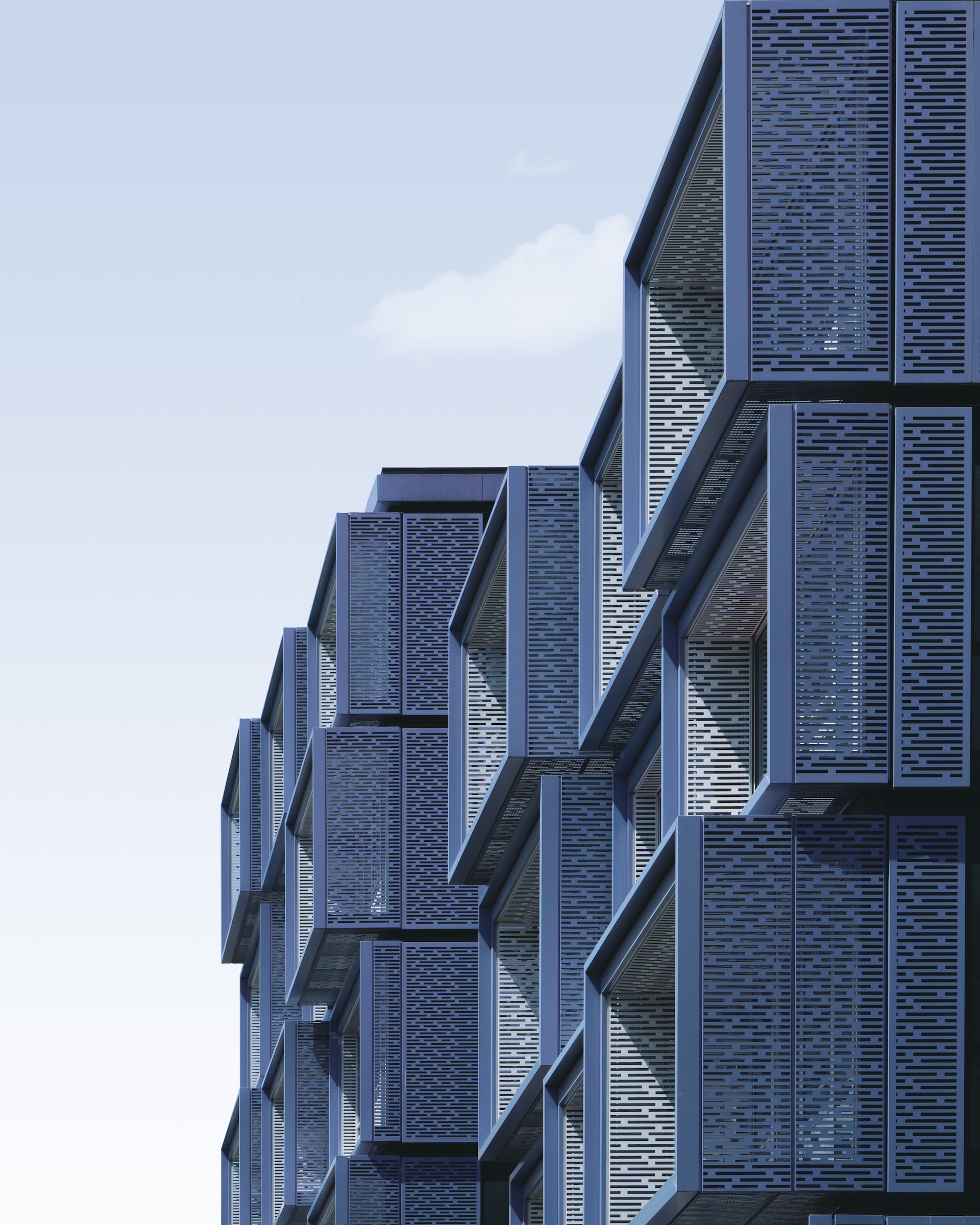Enhancing Architectural Design with AI Software: Unleashing the Power of Mid-Journey

AI software, Mid-Journey, empowers architects to generate design alternatives and optimize their creative process efficiently
Image by Pierre Chatel Innocenti
In the fast-evolving world of architecture, staying at the forefront of innovation is crucial for professionals seeking to deliver cutting-edge designs. The advent of artificial intelligence (AI) has opened up exciting new possibilities, enabling architects to leverage advanced software tools like Mid-Journey. This AI-powered platform has revolutionized the architectural design process by streamlining complex tasks, optimizing workflows, and enhancing creativity. In this article, we will explore how architects can harness the potential of AI software such as Mid-Journey to create stunning and efficient designs that shape the built environment.
Understanding Mid-Journey
To effectively utilize AI software like Mid-Journey, architects must first grasp the fundamentals of this innovative tool. Mid-Journey is an AI platform specifically developed for architectural design, combining deep learning algorithms with generative design capabilities. It assists architects in the early stages of project conception by rapidly generating a multitude of design alternatives based on predefined objectives and constraints.
Exploring Mid-Journey's Benefits
Mid-Journey offers architects numerous benefits, helping them explore design alternatives efficiently and make informed decisions. The software's ability to generate a wide range of design options within a short timeframe empowers architects to explore creative possibilities and push the boundaries of traditional design. By leveraging Mid-Journey, architects can enhance their creativity, expand their design thinking, and develop unique solutions that respond to the specific needs of clients and users.
Moreover, Mid-Journey's integration of generative design with AI algorithms enables architects to optimize their designs based on multiple performance criteria, such as structural stability, daylighting, and energy efficiency. This optimization process saves time and resources, leading to more sustainable designs and reducing the overall environmental impact of construction projects.
Integrating AI Software into Architectural Workflows
To fully harness the potential of Mid-Journey, architects must seamlessly integrate this AI software tool into their existing workflows. Collaboration between architects, engineers, and other stakeholders is essential throughout the design process. AI software can facilitate interdisciplinary collaboration by providing a common platform for all parties to share information, visualize design alternatives, and evaluate performance metrics.
Furthermore, architects should continuously update their knowledge and skills to keep pace with the advancements in AI software. By understanding the underlying principles and capabilities of Mid-Journey, architects can effectively communicate with AI algorithms and maximize their potential.
Addressing Challenges and Ethical Considerations
While AI software presents immense opportunities for architects, it is important to address the challenges and ethical considerations associated with its use. Architects must exercise caution when relying solely on AI-generated designs, as human expertise and intuition are essential in creating truly exceptional and contextually sensitive architecture. AI should be viewed as a tool to augment human capabilities rather than replace them entirely.
Moreover, architects should be mindful of data privacy and security when using AI software. Client information, sensitive project data, and intellectual property should be safeguarded against unauthorized access or misuse. Architects should select AI software providers with a robust privacy policy and take necessary precautions to protect confidential information.
The Future of AI in Architecture
As AI technology continues to advance, the future of architecture holds even more exciting possibilities. AI software like Mid-Journey will become increasingly sophisticated, providing architects with enhanced design capabilities, real-time performance analysis, and predictive modeling. By integrating AI into architectural workflows, professionals can focus more on creative ideation and problem-solving, resulting in innovative designs that shape the built environment and contribute to a sustainable future.
Conclusion
Architects who embrace AI software like Mid-Journey gain a competitive edge in an industry characterized by constant innovation. This tool revolutionizes the architectural design process by enabling rapid exploration of design alternatives, optimizing building performance, and enhancing collaboration among stakeholders. By harnessing the power of AI, architects can create sustainable, functional, and visually stunning buildings that redefine the boundaries of architectural possibility. As AI technology continues to evolve, architects must stay informed and adapt their practices to fully leverage its potential in shaping the future of architecture.

